Manchester, Magnets, and Mass Transit: Solving the Mystery of the Spinning Egyptian Statue
A couple weeks ago, the media went wild after a story about a mysterious spinning statue was printed in the Manchester Evening News. What made this strange story particularly great was the inclusion of a time lapse video taken by museum staff which actually showed the ancient artifact doing 360s in its glass case. Rumors of ancient curses and supernatural activity filled imaginations (and news columns) as armchair researchers attempted to solve the bizarre case. I figured that I may as well take a crack at it as well. After all, I live nearby.
Some people go to church or mosque or synagogue in times of emotional need. I don’t. I go to the Manchester Museum. As you can imagine, I know the place better than most people, which was why when I first saw the video of the mysterious spinning statue I knew exactly where it was and in which cabinet. I certainly know the gallery better than the blogger who writes on behalf of the Museum who said it had been on the same shelf in the same place in the gallery for decades, as I know from personal disappointment that the gallery was closed for refurbishment until it reopened in November with brand new cabinets and a serious lack of mummies. Even my personal favourite, Perenbast (the first mummy I saw at the age of 4, sparking my love for the place) was gone.
However, I had always felt special in the museum, like something magical existed within its walls. I often visited the mummies like old friends so, despite my cynical ways, I found myself quietly excited that there could possibly be something paranormal to prove with all this talk of ancient curses and spinning statues. Like any good member of the Scooby Gang, I legged it down to the museum for a good old eyeball.
ADVERTISEMENT
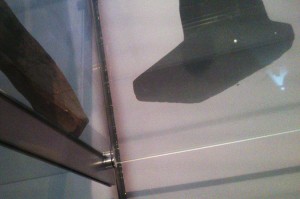
The first thing I noticed about the statue, a 10-inch tall relic of a man named Neb-Senu which dates back to 1800 BC, is that the whole object is made of serpentine – a magnetic stone – as is the one next to it. With its tapered base, a strong enough magnetic force could, in theory, pull the statue, twisting it around as it seeks its source of attraction. The gallery attendant also gave this as an option for the movement, although it seems unlikely as only one statue moves.
The shelf is made of glass, making observation of the base easy to check for the “…motor in the bottom making it turn around…” that one of the students in my class had suggested would create more tourism. Yes, I crowd sourced conspiracy theories from my 12 year old students!
There was no motor.
The shelf housings are metal pegs with rubber grommets around in contact with the shelf. Yes, grommet is a real word. One explanation could be that the grommet on the corner nearest the statue could be warped, giving more movement that the other shelves. As John Bender said in The Breakfast Club, “the world is an imperfect place.”
I wish that I could suspend my logical nature and believe one of the other theories the attendent offered – that the statuette, whose hieroglyphs demand “…bring me beer and bread” – is really just turning around looking for the nearest pub.
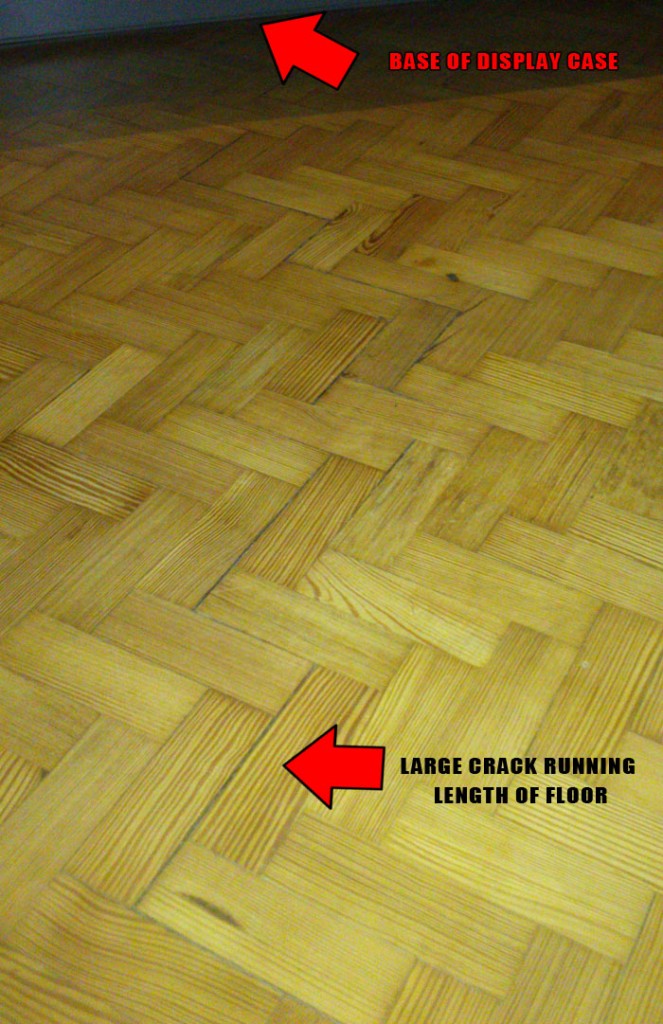 In fact, what leads me to believe that the case of the spinning statue is due to an “imperfect place” rather than a supernatural craving for carbs, was my discovery of two important things – the ancient object’s new location, and a flaw in the building’s construction.
In fact, what leads me to believe that the case of the spinning statue is due to an “imperfect place” rather than a supernatural craving for carbs, was my discovery of two important things – the ancient object’s new location, and a flaw in the building’s construction.
Since renovation, the statue has found itself in a brand new case next to an external wall which just so happens to be situated along one of the busiest bus routes in Manchester. This has already been stated in numerous news articles as the possible cause of the mysterious spinning, though the problem with this solution comes down to a question I keep hearing people ask:
“How is it moving only in daylight hours when the buses run all night?”
Well, I don’t think it has anything to do with public transit, to be honest, but we’re on the right track.
Something I noticed (that I’m actually surprised wasn’t picked up on by the media) was the huge, very noticeable crack in the museum’s parquet flooring (which is original to the building) that leads.. where else.. right to the corner of the case in which the statuette stands. All day long people are walking over this crack, resulting in a friction that runs right to the base of the display case, a friction that creates even the most microscopic vibrations that would account for the incremental movements best seen in a time lapse video.
Once the lights are out and everyone has gone home, this crack isn’t getting any foot traffic, which means no friction, thus no vibration, which equals a very calm statue in its case. The only curse here is the cursing levelled at whoever fixed the flooring.
Sadly, I think John Bender had it right.
Is it case closed on the curse of the spinning Egytian statue? I would say so, but what do you think? Share your thoughts with us on Facebook, tweet us @WeirdHQ, or leave your comments below!
MORE GREAT STORIES FROM WEEK IN WEIRD:


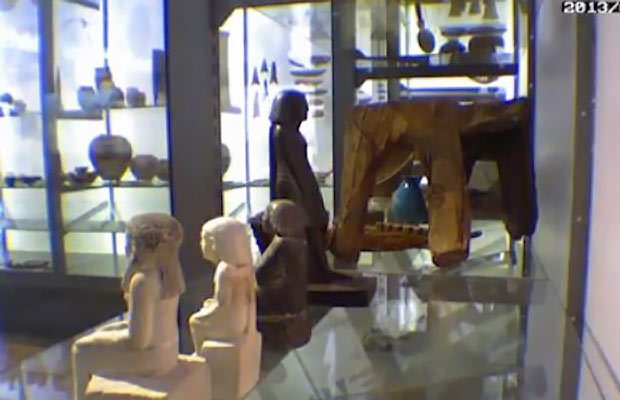
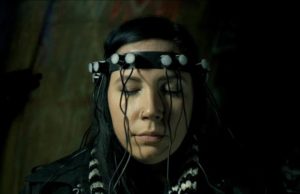

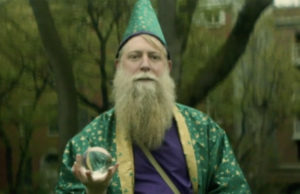


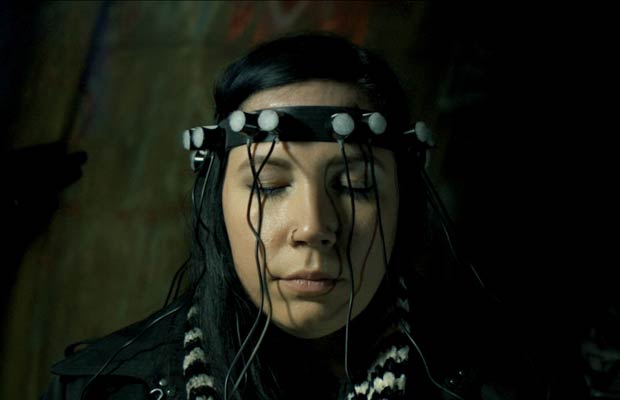

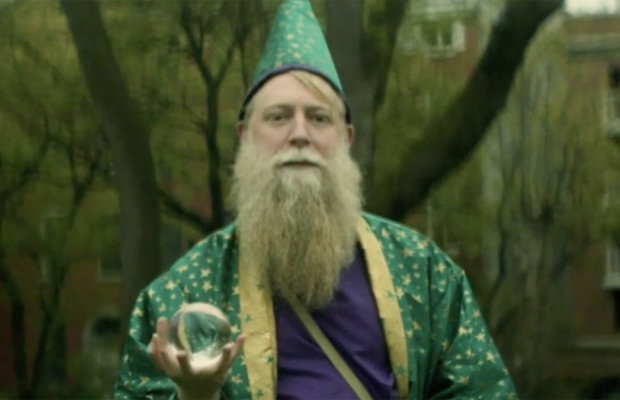

You must be logged in to post a comment Login